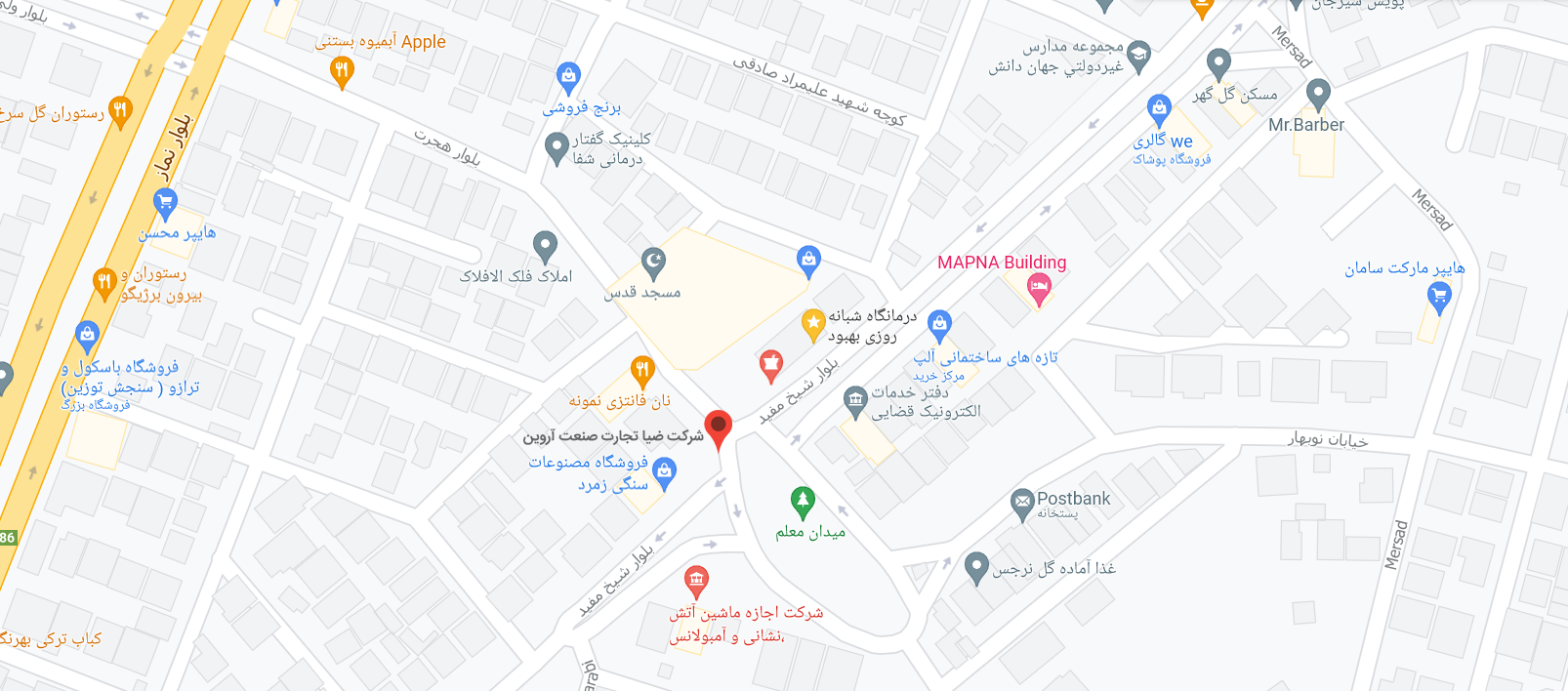pneumatic
What is pneumatics?
Energy transfer in industry is an important part of production processes, and this transfer can be done in different ways. The three conventional methods of energy transfer are: mechanical transfer, electrical transfer, and transfer by pressurized fluid.
To transfer energy mechanically, parts such as gears, pulleys, chains, etc. are used. This method is suitable for power transmission in short distances. In the transmission of energy by electrical method, electric energy flowing in wires and cables is used, which is the most important advantage of this method of fast transmission over long distances.
Hydraulic and pneumatic systems are systems that are designed to transfer energy to a fluid under pressure.
During the industrial revolution, there was a huge transformation in production systems, and the use of compressed air as one of the conventional methods to control precision instruments goes back to this era. The advantage of this method is to increase the power and also the ability to change the direction quickly without damaging the system. Of course, it should be noted that pneumatics are used for situations where relatively low forces and high movement speeds are required, while hydraulic systems are used for high powers and precisely controlled speeds.
Pneumatics is derived from a Greek word that means wind or breath, and today in the industry it means the use of compressed air to transfer energy, because these systems are powered by compressed air or inert gases, and factories are powered by these compressed gases. They are used to control and guide precision instruments.
In the figure below, you can see an example of a pneumatic system, which is drawn in a very simple and understandable way.
Pneumatic system schematic
Advantages of using pneumatic systems
The simplicity of using pneumatic systems is the biggest reason that has increased the popularity of these systems, because with little experience, you can design and assemble these systems.
The cleanliness of this system is one of its advantages over hydraulics.
Cheap and available air
Pneumatic systems do not create sparks and thus their use in explosive environments is not dangerous.
High efficiency
power increase
In pneumatic systems, unlike hydraulic systems, there is no need for a fluid return line, in fact, the main tank is the same as free air.
The important point for optimal use of pneumatic systems is the correct selection of hoses, cylinders, valves and pipes, which is possible with the help of Famco engineers.
The main components of pneumatic systems are:
Compressed air production
This work is done by the compressor, but in certain cases, compressed air may be produced by another method, one of which is the transfer of compressed air by a tank.
In general, it can be said that the compressor is required to condense the fluid (air). This air compression happens by the cylinder and piston in the compressor. The output pressure in normal compressors is between 7 and 8 bar, which in some samples reaches 10 bar, and in special samples such as screw compressor, the output pressure is 12 bar.
Care unit
In simple words, the care unit can be defined in such a way that this unit is responsible for the care of compressed air. This unit has three basic parts: filter, oiler and regulator. To obtain more information about the care unit departments, refer to the explanations in the relevant sections.
To better understand the task of this unit, we give an example:
Suppose your system is designed with a pressure of 8 bar, the accuracy of the compressor is not enough to necessarily keep the output pressure at 8 bar, in this way, due to the high sensitivity of the actuators, before the compressed air enters the actuator, its pressure is set by the regulator on The regulated pressure is kept constant, humidity and pollution are filtered more carefully and finally, in some cases where the air is dry, some fat is transferred to the compressed air with the help of the lubricator.
Pneumatic valve
Valves are used in pneumatic systems for direction control, pressure control and flow control. For example, the pressure control valve is responsible for controlling the output pressure according to the pressure required by the system.
Pneumatic operation
Pneumatic actuators include pneumatic jack (pneumatic cylinder), pneumatic rotary cylinder, pneumatic gripper and shaftless or rodless jacks, etc. It should be noted that the most basic point for choosing a pneumatic jack or cylinder is the stroke length and piston diameter.
Pneumatic system components
The arrangement of the aforementioned pneumatic system parts is similar to the figure above; In this way, first the air enters the compressor, then it enters the care unit and the filtered air enters the pneumatic valve and the necessary changes in its flow, pressure or direction occur and finally it enters the operator and the desired process that the pneumatic system designed for; is done
Safety tips in pneumatic systems
When using any type of industrial equipment, it is necessary to observe the safety points related to it. Pneumatic systems also have their own safety considerations, which we will mention below. The fluid under pressure in pneumatic systems is compressed air, and if safety precautions are not followed, it can cause dangerous problems.
Never use it before reading the manual related to the pneumatic system.
To prevent any kind of possible accident, before allowing another person to use the pneumatic equipment, make sure that they have the necessary information about the system and safety tips.
When working with pneumatic systems, take care not to endanger other people and do this by hanging a curtain that prevents possible particles from hitting others.
Regularly check your tools to make sure they are not blocked or compressed.
Pneumatic systems generally have a maximum working pressure; Avoid starting them with air pressure higher than the maximum pressure.
Always remember to turn off the air before moving pneumatic tools or when you are done.
Never use a compressor to clean the remaining particles in the pneumatic system; Because the air compressor is a compressed air blower and it can be dangerous.
Air hoses in pneumatic systems have essential safety considerations, which are:
Check the hoses regularly and replace the hoses as soon as possible if any damage is observed.
Before installing the hose, make sure it is healthy by blowing into it.
Hoses are designed to be installed in pneumatic systems that have the ability to resist breaking and also have high flexibility; Be sure to use these hoses.





























